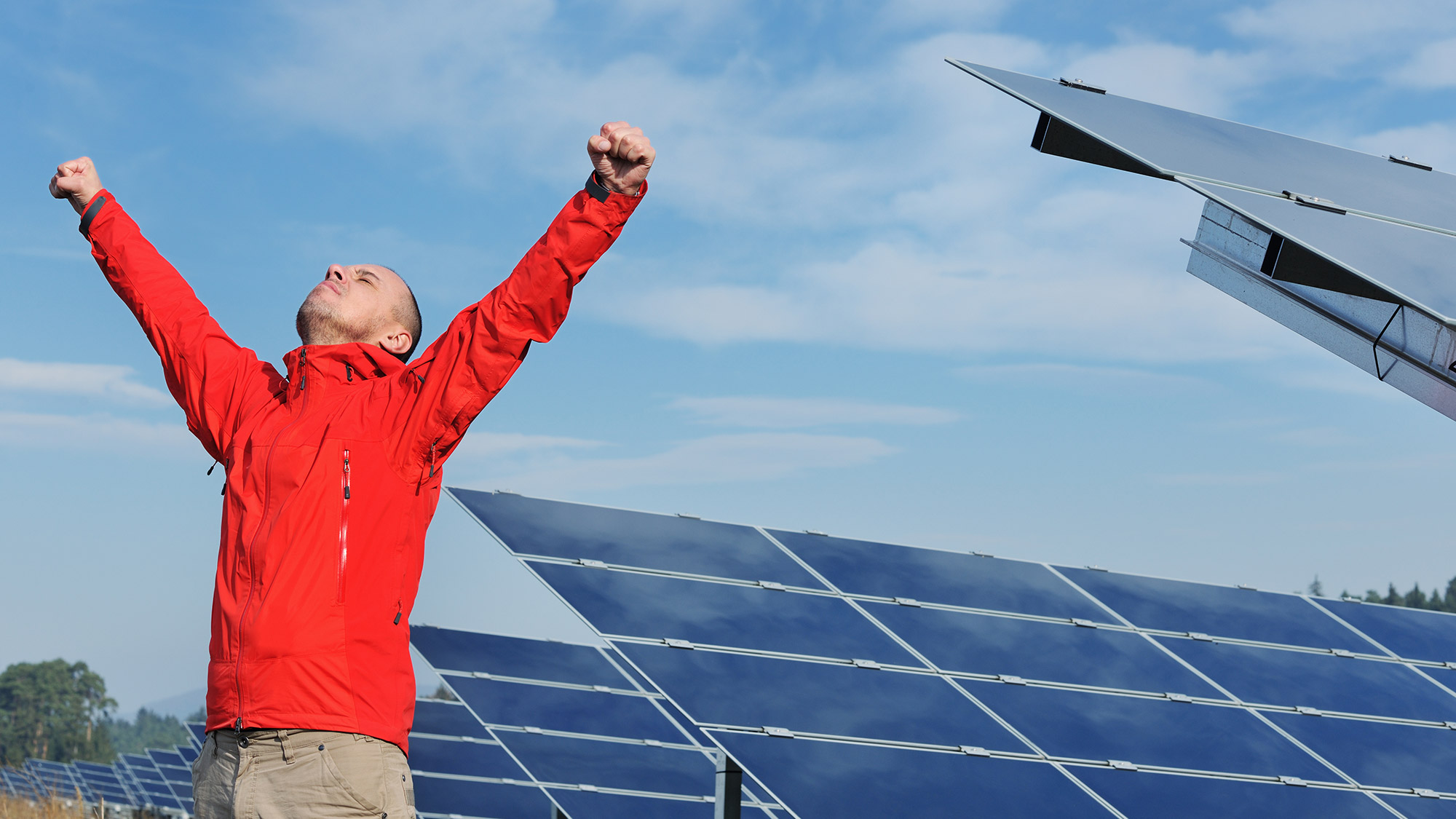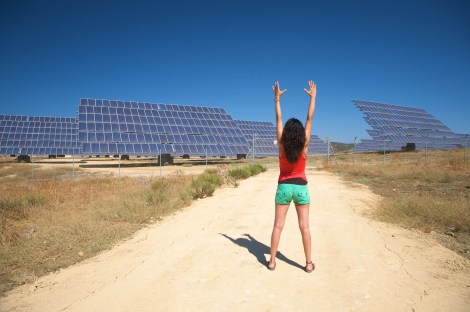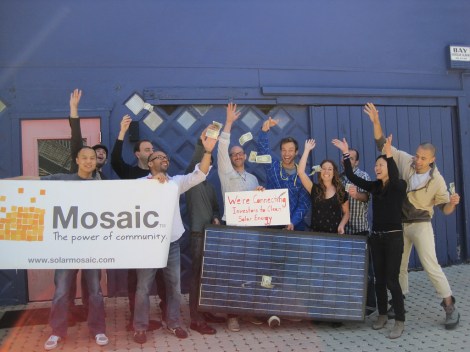We’ve had some bad news this year, Weâ€

Join Grist for an exploration of recent climate wins. This is a guarded, cautiously optimistic thumbs up, mind you.
It’s kind of a no-brainer — enough free, clean, undisputed energy falls on the earth’s surface in a little over an hour to power all of humanity for a year — but the solar story so far has had its share of struggles, goofs, and embarrassment. (Looking at you, Solyndra.) This should not be a total shock: Unlike photosynthesizing plants, humans have not spent billions of years evolving ways to harvest and store all that tasty energy, and so developing the tools to do so has been pretty complicated and expensive — so far.
And yet, technically and financially speaking, solar news of late is looking pretty solid across the board. Here are some stories of solar wins to tell your children when you tuck them in at night, to give them hope for the climatopocalyptic future:
1. Solar cells are becoming more and more efficient. New materials and methods are continually producing solar cells that perform better than their early crystalline silicon antecedents; meanwhile, cheaper thin-film cells are also improving. And upgrades are not limited to the lab: Your wallet may see an increase in efficiency as well. The price of a single watt of solar has dropped 95 percent in the past 30 years. In other words, what cost you around $20 in 1980 is now just over a buck. (Meanwhile, everything else you used to buy for a dollar is headed up, up, up.)
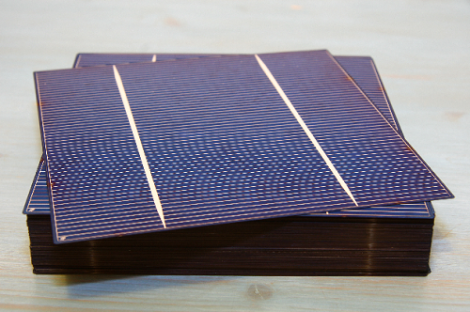
2. Media darling SolarCity makes headlines with new batteries: With panel efficiency on the up and up, the next big hurdle in the way of photovoltaic world domination is the cost and viability of energy storage. While solar power can pack a punch when skies are blue, it flames out quickly in the face of clouds. In order to be a viable power source for the juiced-up world, it needs to keep working for us during drizzle, frizzle, “wintry mix”, thunderstorms, snowstorms, sandstorms, smogstorms, solar eclipses, total eclipses of the heart, and (maybe we should have mentioned this first) nighttime.
Enter SolarCity’s new batteries. Each battery is about as large as a small refrigerator — more sun-size than fun-size — and can hold a third of the power produced by the solar array. The storage software, called DemandLogic, is designed to reduce costs for commercial solar users based on when energy demand is the highest (coincidentally, often in the middle of the day when solar energy is the most readily available). The system should also be able to provide power to the grid during blackouts — all of which should smooth the way toward global solar hegemony. Take us to your leader (that’d be Lyndon Rive and his close partner/ famous cousin, cleantech billionaire Elon Musk).
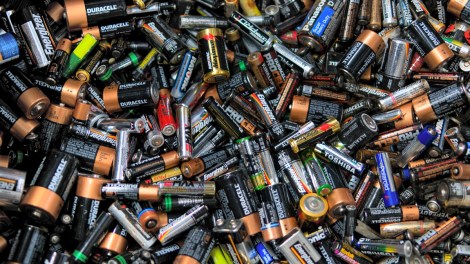
ShutterstockNot this kind of battery.
3. Solar is worth it, and not just if you’re Warren Buffett. Solar panels seem poised to upend traditional utility models, according to those same utilities. Grid parity — that elusive moment when solar energy costs drop to the energy market norm — is pretty much here. Despite attacks from groups like ALEC and lawsuits from grumpy utilities, solar panel users are out there saving the planet while saving money. Sometimes they even make a little cash selling the electricity from their panels back into the grid.
4. Solar Mosaic spends millions of (someone else’s) dollars: If you are not content to consider solar power an investment in the future of humanity, how do you feel about it as an investment, period? Solar Mosaic broke out the tried and true crowdfunding model in 2010 to help average Joes fund solar installations on the roofs of nonprofits, schools, shelters, and the like. The energy was then leased to the business in question, and investors were rewarded with a slow and steady payback on their original loans. It’s like Kiva for sun junkies.
Then Mosaic started paying back loans with 4.5 percent interest last January, and the game got changed. While continuing to fund feel-good solar projects around the country, the company now markets itself as a slick and sustainable supplement to any investment portfolio, with projected yields between 4 and 7 percent. (For the stock-literate folks: That’s not bad ROI.)
Evidently the word got out. In the first 24 hours of the rollout, all Mosaic’s public projects had been totally funded. That rush was fueled by more than 400 investors, buying in anywhere between $24 and $3,000. In that 24 hours, investments added up to more than $313,000 — roughly equivalent to how much Mosaic raised in their first two years of operation.
Even these impressive earnings end up small potatoes compared to the $5.6 million they have been able to raise in the year since then to fund solar installations from New Jersey to California.
Oh, but there’s more: Last holiday season, Mosaic warmed our cold, stuff-hating Grinch hearts by offering gift cards so you can buy your friends and family a piece of our clean-energy destiny. Solar City threw a sunhat in the small-investments ring this month. Distributed investment for a distributed power future — more citizen solar, please!
For you New Year’s resolutionaries, try taking Mosaic’s pledge to put solar on something (anything? your head? your cat?) in 2014.
5. Other countries are kicking our butts on solar, and that’s a good thing for the world: Germany has bought the whole cow, solar-speaking. During this past July, the aggressively solarized country broke the record for the most solar energy generated in a month. Countries like Cuba and Peru are just getting in on the action, too.
All is not lost in the U.S., where some citywide initiatives are making solar power an easy and cost-effective choice for residents — and early last year, the White House became one such residence. (Just do us a favor when you install your new solar panels: Make sure they are facing the right direction.)
In fact, moan-and-groan as we might about subsidized oil and grumpy politicians, the country as a whole is moving right along. In 2013, the U.S. joined Germany, Italy, and China as the newest of only four countries that have more than 10 gigawatts of solar production nationwide. (Japan crossed the line a few months later.)
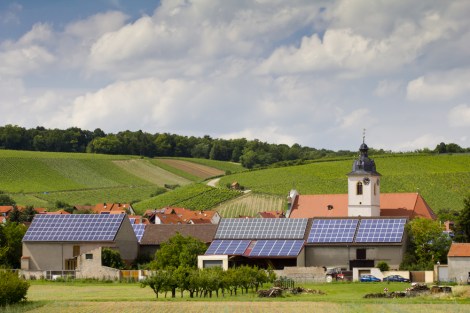
ShutterstockFranconia, Bavaria, is more solar than you.
6. SunPower invests in sunny South Africa: SunPower, like the wise elder of solar companies, has been around since approximately forever (1985 in layperson’s terms). They’ve done some wacky things in their quarter century of operation, including sending panels to space on the NASA Pathfinder mission in 1997, engineering solar cells for an EV to race across Australia, and building parts of the ill-fated Helios “eternal airplane.” (Like the Titanic, the name turned out to be a fateful overestimate, by about eternity minus half an hour.)
In 2011, two-thirds of the company was bought by Total, the French oil company that seems to be serious about greening up its act. But, hey, we have no problem with a little profit motive on the side of clean energy. The financial heft of Total will mean a plunge in borrowing costs for SunPower, and a steady line of credit to help invest in new technology. Last November, Total-backed SunPower was chosen to build a $200 million solar project in Prieska, South Africa. The 86 megawatt farm should provide enough power for 45,000 people. The energy will be sold to South Africa’s largest utility, Eskom Holdings, which currently provides 95 percent of the country’s energy.
While this solar project is a small drop in a dirty bucket, it is — to mix my metaphors — a drop in the right direction. After all, the potential for solar power in South Africa is HUGE. On average, 2000 kWh of solar energy falls on every square meter of the country every year. Elsewhere on the continent, access to raw, organic, unfiltered solar radiation is even greater, while access to electricity is at a minimum — at least for now.
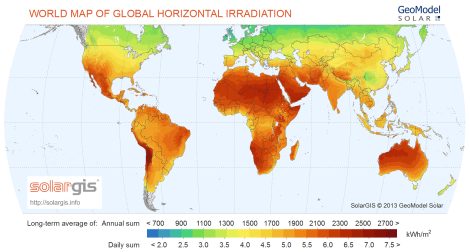
SolarGISClick to embiggen.
7. Utilities try to not be so Scrooge-y: Not to let everyone else have all the fun, a few green-inclined utilities are trying to reverse the bad-guy image they earned from long public fights against net-metering and other benefits for solar users. Sure, some of that was probably motivated by the usual greed and fear, but mixed up in there were some legitimate concerns.
For example, net-metering does not take into account other costs needed to maintain and upgrade the power grid. Theoretically, you could sell as much solar power as you use grid power — a net-zero cost — but you are still relying on the grid sometimes, and in this case you are using it for free. So a better policy would take into account the actual value of the solar. Specifics can theoretically be tweaked to appeal maximally to utilities and users. Location may play a role — are you in a position to supply energy to a remote section of the grid? Or are you right next to the central generator? — as could time of day, demand, infrastructure, and so on.
Minnesota, despite being blanketed in Arctic conditions for a good chunk of this winter, is nevertheless the past year’s utility solar champion, as it became the first state to introduce a comprehensive and transparent value of solar policy. This policy, based on transmission and distribution value, among other factors, will set a prive for solar every year — which means utilities can no longer bluster about how useless solar power it. It should also increase solar production across the state as businesses and home-owners can rest assured that their investment will pay out as promised. Though the terms of the policy limit solar panelers from making a profit, and only applies to investor-owened utilities, it is still largely a win. It puts Minnesota up there with solar darlings California and Hawaii, and could provide a model for other states to follow on our way to a sunnier future.
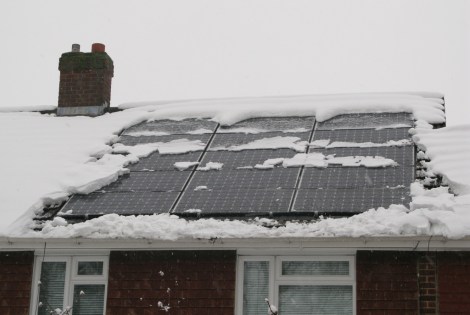
Julian B.Solar panels vs. blizzard
We could go on. And on. And so on. But we think you get the picture. Want to bring more solar to the world? Go forth and multiply. And please share more solar wins near you in the comments below and on the social networks.

